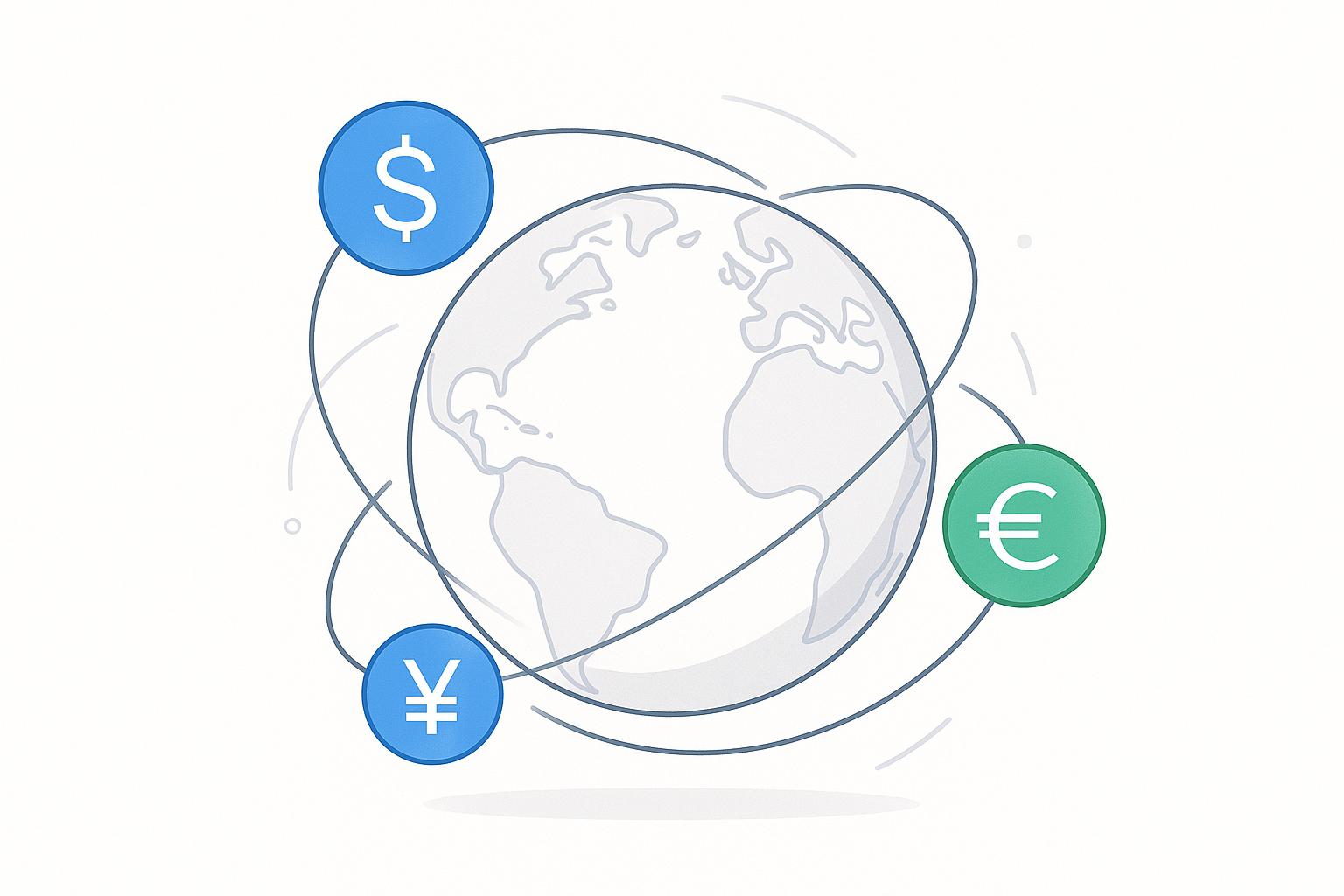Unit economics is the backbone of SaaS growth, focusing on metrics like CAC (Customer Acquisition Cost), LTV (Customer Lifetime Value), and MRR (Monthly Recurring Revenue). These metrics help businesses measure profitability, customer retention, and operational efficiency.
Why Unit Economics Matters:
- LTV:CAC Ratio: A 3:1 ratio indicates efficient customer acquisition.
- Net Revenue Retention (NRR): Over 120% is tied to higher valuations.
- CAC Payback Period: Target 5-12 months for sustainable growth.
Core Metrics to Track:
- Revenue Metrics: MRR growth (10-15%), ARR categories (new, lost, expansion).
- Customer Metrics: Retention rate (85-90%), churn rate (3-8%).
- Profit Metrics: Gross margin (70%+), Rule of 40 (>40%).
Tools and Templates:
- Use dashboards for real-time tracking of KPIs.
- Platforms like Lucid Financials integrate data and automate insights.
By tracking these metrics, SaaS companies can make data-driven decisions, optimize costs, and improve customer retention.
Core SaaS Metrics for Unit Economics
Revenue Tracking
When it comes to SaaS, MRR (Monthly Recurring Revenue) and ARR (Annual Recurring Revenue) are the go-to metrics for gauging business health. For startups in the post-Seed or Series A stage, a 10% MRR growth rate is a solid goal, while hitting 15% indicates strong momentum .
Here’s a quick breakdown of key revenue components:
| Revenue Component | Target Benchmark | Impact on Unit Economics |
|---|---|---|
| MRR Growth Rate | 10-15% | Reflects subscription growth |
| ARR Categories | Focus on New, Lost, Expansion | Highlights revenue sustainability |
| Expansion Revenue | >100% NRR | Signals product-market alignment |
"ARR, particularly the critical categories of your ARR (New, Lost, Expansion, Contraction), and the trends and velocities in those numbers, is a good measure of the health of your business because it highlights what you can expect to repeat and what you need to improve." - Team Maxio
While revenue metrics are essential, understanding customer behavior is just as critical for maintaining healthy unit economics.
Customer Performance
Customer metrics help you measure how well you’re acquiring and retaining users while keeping an eye on long-term value.
Here are some benchmarks to aim for:
- Monthly churn rate: 3-8% suggests strong retention .
- Customer retention rate: Strive for 85-90% .
- LTV:CAC ratio: A ratio between 3:1 and 5:1 reflects efficient customer acquisition .
For example, Hussle, a gym pass platform, noticed that 26% of its churned users were switching to direct gym memberships. By introducing a feature that allowed users to purchase direct memberships, they successfully reduced churn and improved retention .
Customer metrics drive growth, but profit metrics ensure your business stays financially sound.
Profit Measurement
Profit metrics reveal how sustainable your business is. Top SaaS companies aim for a gross margin of 70% or higher . The Rule of 40 is another key metric: your growth rate combined with your profit margin should surpass 40% .
Here’s what to keep an eye on:
| Metric | Target Range | Warning Signs |
|---|---|---|
| Gross Margin | 70%+ | Below 60% |
| Net Revenue Retention | >100% | Below 100% |
| Rule of 40 | >40% | Below 40% |
Detailed tracking can make a big difference. For instance, if your total revenue is $45,000 and your COGS (Cost of Goods Sold) is $3,500, your gross margin would be $42,000. Monitoring these numbers closely helps identify areas where you can improve .
"Customer lifetime value is important because it ensures that your business model isn't supporting a model where the customer is spending less than the cost it took to acquire them. If that is the case, it's important to lower your CAC and reconsider." - Team Maxio
The Ultimate SaaS Unit Economics Tutorial
Unit Economics Calculations
Building on core SaaS metrics, accurate calculations provide deeper insights into business performance.
Growth Metrics
Recent industry data from August 2023 highlights that Customer Acquisition Cost (CAC) can vary greatly depending on the sector. For example, Project Management software shows an average CAC of $891–$7,430, while Medtech ranges from $921–$11,021 per customer .
| Metric | Formula | Target Benchmark |
|---|---|---|
| CAC Payback Period | Total CAC ÷ Monthly Gross Margin | 5–12 months |
| Net Dollar Retention | (Starting MRR + Expansion – Contraction – Churn) ÷ Starting MRR × 100 | >100% |
| LTV:CAC Ratio | Customer Lifetime Value ÷ Customer Acquisition Cost | 3:1 or higher |
HubSpot’s persona-based analysis found that "Owner Ollie", a customer segment often acquired through channel partners, delivered an LTV of $11,404, outperforming their earlier focus on "Marketer Mary", which generated an LTV of $11,125 .
These metrics provide a foundation for evaluating profitability.
Profit Analysis
Growth metrics measure customer efficiency, but profit analysis ensures your operations are financially sustainable.
A good rule of thumb for allocating Customer Lifetime Value (LTV) is to divide it as follows: 30% for acquisition, 30% for service delivery, and 40% for other costs and profit .
-
Gross Margin Calculation
Use the formula: Gross Margin = Revenue – COGS. Aim for COGS to stay within 15–20% of your recurring revenue . -
Rule of 40 Analysis
Combine your growth rate and profit margin to ensure the total is at least 40% . -
Cash Burn Analysis
Keep an eye on your burn rate to gauge your financial runway. High-performing SaaS companies often recover CAC within 5–7 months .
"Many startups require 15 to 18 months to recoup the acquisition costs on a new customer, which puts an enormous strain on capital. Unless your investors are willing to keep pumping in cash, focus on keeping your CAC low enough to be recovered in a year."
– David Skok, General Partner at Matrix Partners
sbb-itb-17e8ec9
Template Setup and Management
Creating accurate unit economics templates relies on dependable data sources and consistent updates.
Data Sources
The accuracy of your templates hinges on connecting to reliable data streams. Many SaaS companies pull information from multiple sources. Here’s a quick snapshot:
| Data Source | Key Metrics | Update Frequency |
|---|---|---|
| QuickBooks/Accounting | COGS, Revenue, Margins | Daily |
| CRM Systems | Customer Acquisition, LTV | Real-time |
| Payment Processors | MRR, Churn Rate | Daily |
| Cloud Cost Platforms | Infrastructure Costs | Hourly |
It’s crucial to validate data from all sources. Tools like ChartMogul can automate checks for metrics such as customer counts and churn rates .
Update Schedule
To keep templates accurate, establish a regular review cycle. Here’s a recommended schedule:
- Daily: Metrics like MRR and customer acquisition costs
- Weekly: Unit cost changes and customer behavior trends
- Monthly: Compare actual metrics to projections
- Quarterly: Refresh growth projections and cost assumptions
These routine updates ensure your templates stay relevant and ready for effective benchmarking.
Market Comparison
Comparing your metrics to industry standards helps you stay competitive. Insights from ChartMogul’s analysis of over 2,100 SaaS businesses highlight the importance of retention:
"In reality, for every B2B SaaS business retention becomes the biggest growth driver in a way. So it is worth focussing on retention really from day one, perhaps even before you actually have any meaningful retention data to look at."
- Nick Franklin, Founder & CEO, ChartMogul
Key takeaways for benchmarking:
- B2B SaaS companies with ARPA over $1,000/month often achieve 110%+ net retention in the top quartile .
- Benchmark metrics within your ARPA band instead of just using ARR ranges .
- Track both gross and net retention rates against industry norms .
Platforms like CloudZero can help you link costs to specific features or products, enabling precise tracking of unit economics in line with market benchmarks .
Metric Reporting
Effective metric reporting turns raw data into actionable insights. By visualizing unit economics, businesses can make informed decisions and keep track of key performance metrics.
Dashboard Design
A well-designed dashboard makes it easy to understand critical KPIs and trends. Essential elements include:
- KPI Scorecards: A quick snapshot of metrics like CAC, LTV, and churn.
- Trend Charts: Show how performance has changed over time.
- Cohort Analyses: Break down customer behavior into meaningful patterns.
| Dashboard Component | Purpose | Update Frequency |
|---|---|---|
| KPI Scorecards | Quick view of metrics like CAC, LTV, and churn | Daily |
| Trend Analysis | Tracks historical performance trends | Weekly |
| Cohort Analysis | Groups customer behavior for deeper insights | Monthly |
| Unit Cost Tracking | Monitors cost per customer or feature in real time | Real-time |
Customizing these dashboards for different stakeholders ensures each team sees the data most relevant to their goals.
Stakeholder Views
Tailored dashboard views allow teams to focus on the metrics that matter to them:
- Finance: Tracks gross margins and CAC payback periods.
- Product: Monitors feature costs and user adoption.
- Sales: Focuses on acquisition costs and conversion rates.
- Customer Success: Keeps an eye on churn rates and expansion revenue.
Lucid Financials Platform

Lucid Financials simplifies the reporting process by integrating and automating financial insights. It connects with QuickBooks to provide real-time data and uses AI-powered analytics for instant metric analysis. The platform also supports scenario modeling, letting teams compare potential outcomes and benchmark performance against industry standards.
For SaaS companies, Lucid Financials reduces manual tasks, making it easier to scale. Its Professional tier is designed for mid-sized teams, supporting up to five users and offering unlimited scenario planning - perfect for tracking complex unit economics.
Summary
Tracking unit economics with precision is crucial for SaaS companies aiming for success. By combining financial health metrics with growth and customer engagement data, you can uncover actionable insights that drive better decisions.
Industry benchmarks serve as valuable reference points for evaluating performance. They help shape strategic goals and fine-tune operations, allowing teams to spot areas that need improvement.
It’s important to align your KPIs with your company’s growth stage. For example, in B2B SaaS, the median gross profit margin is 73%, and the average CAC payback period is 16 months . These figures provide a solid foundation for setting realistic targets while staying competitive.
Platforms like Lucid Financials demonstrate how automation and integrated analytics can simplify tracking and refining these metrics. With real-time insights at your fingertips, you can focus on what matters most.
Here are three key areas to prioritize:
| Metric Category | Key Indicators | Industry Benchmarks |
|---|---|---|
| Financial Health | Gross Margin, MRR | 73% Median Gross Margin |
| Growth Metrics | CAC, ARR Growth Rate | 42% ARR Growth Rate |
| Customer Success | NPS, Retention Rate | 105% Net Revenue Retention |
Keeping metrics updated, aligning stakeholders, and using industry benchmarks are essential steps for making informed decisions and achieving long-term growth.


